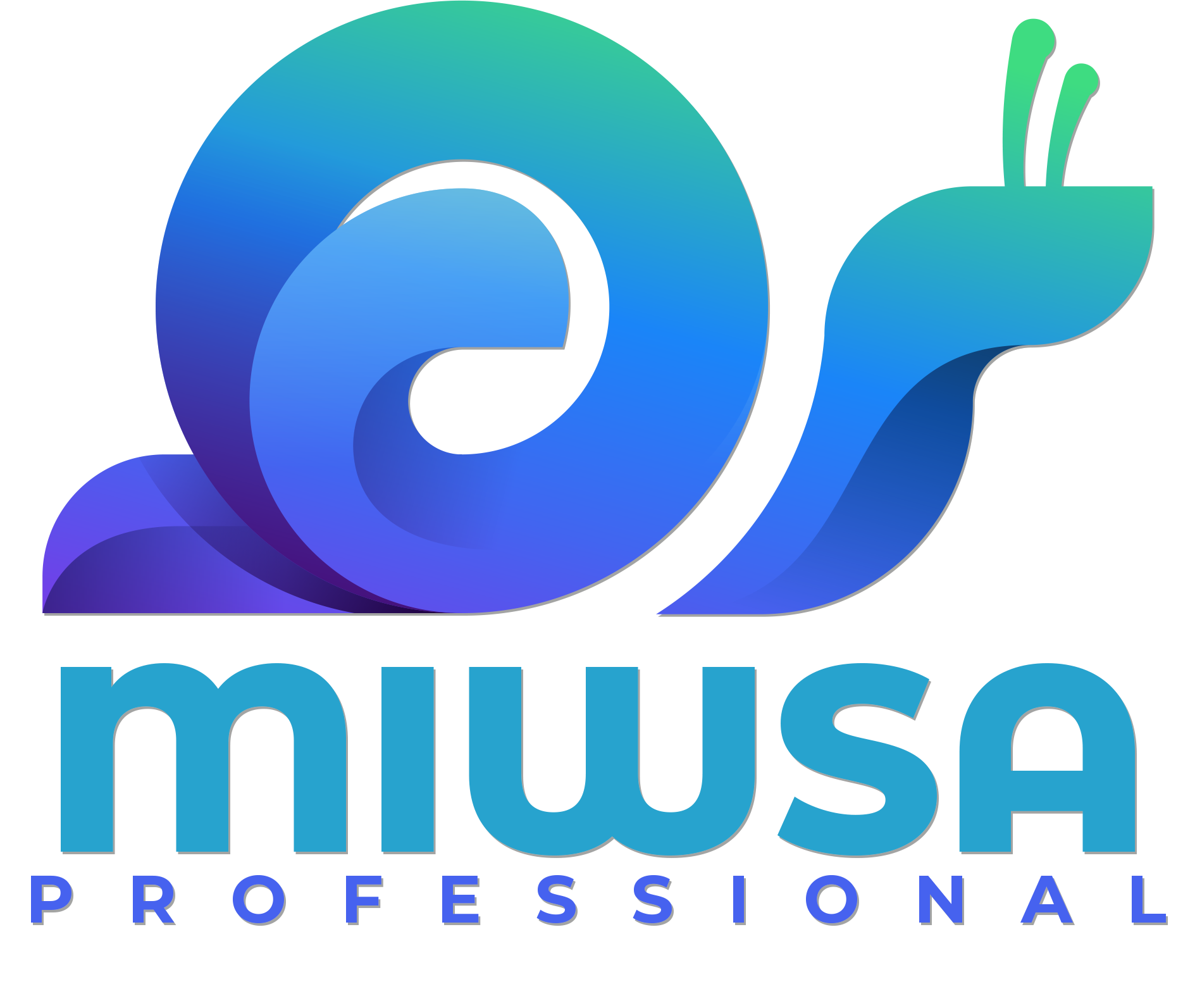Utilizing AI to Create Optimal Answers to Interview Questions
Emerging technologies, particularly artificial intelligence (AI), have permeated various facets of our lives, including the job search process. The integration of AI into the job-hunting landscape has been beneficial for both job seekers and employers. For the latter, it provides an efficient and reliable method to evaluate potential employees.
However, for the job seeker, AI can be utilized to level the playing field by creating optimal responses to interview questions, thereby increasing their chances of landing the job.

Reconstructing the Ideal Candidate Profile
Upon understanding what evaluation tools were commonly used, we proceeded to understand how these tools were applied to evaluate candidates across various job roles. This involved using AI to analyze data related to how recruiters rated candidates based on the results from these tools. The aim was to create an “ideal profile” for each role, highlighting the traits and skills that recruiters deemed most essential.
Then came the process of reverse engineering. With the ideal profile as a blueprint, we fed this data to the AI, instructing it to generate responses that would reflect these ideal traits and skills. These responses are specifically designed to fit the keys that recruiters and interviewers are searching for when they evaluate a candidate.
Tailoring Ideal Profiles to Specific Roles
Given that every job role is unique and requires a specific set of skills and personality traits, it was essential to break down our analysis based on the role type. We iterated through key jobs in various fields, generating tailored profiles for each role. This meticulous process ensured that the generated responses would not be generic but instead accurately reflect the qualities expected from a candidate for a specific role.
Creating Tailored Answers to Interview Questions
Finally, after creating the ideal profiles for various roles, we used AI to generate the 200 most common interview questions for each job. These questions were then fed into the AI model to create tailored responses that reflected the qualities and skills highlighted in the ideal profile. This final step resulted in a comprehensive interview guide, complete with optimal responses to the most common interview questions for each job role.
Creating such an interview guide involved nearly 1000 AI calls. The intense computation and data analysis ensure that the final product provides job seekers with the highest probability of success.
By leveraging AI to understand what employers are looking for and tailoring responses accordingly, job seekers can significantly enhance their chances of success during the interview process. As we continue to evolve and refine these processes, we remain committed to providing tools and resources that equip job seekers with a competitive edge in the rapidly changing job market.
Identifying Relevant Evaluation Resources
To begin with, our first step involved extensive research on various industry websites and recruiter boards. The objective was to identify the tools that employers often use when evaluating potential employees. These tools range from personality assessments to skill-based tests. Understanding the tools used in the evaluation process is critical in determining the strategy for creating optimal interview responses.
To sift through the vast amount of data available and identify the most relevant and widely-used resources, we employed AI. The AI was programmed to analyze the data, identify patterns, and highlight resources that frequently appeared across multiple platforms. While knowing which tools are employed is a significant step forward, it only presents half the picture. The more critical half lies in understanding what the recruiters are seeking through these tools.

Adapting to Variable Evaluation Metrics:
Understanding the Four Key Areas
It’s essential to understand that the recruitment process isn’t one-size-fits-all. Different employers have different metrics for evaluating candidates as the qualities and traits they seek can be company-specific, or even specific to the role in question. This necessitates a more granular approach when generating optimal responses for interviews. To this end, we have categorized these various metrics into four primary areas: Dominance, Logical/Capable, Adaptable, and Emotionally Stable.



Dominance: Leadership and Initiative
The dominance metric evaluates a candidate’s leadership skills and their propensity to take charge. This attribute is often sought after in roles that involve managing teams or projects, where the candidate must confidently steer the team towards achieving their objectives.
Logical/Capable: High-Level Reasoning Skills
Logical capability is a critical metric that evaluates a candidate’s reasoning skills and intellectual capacity. Tailored responses focus on problem-solving skills, analytical thinking, and the ability to understand and navigate complex systems or scenarios.
Adaptable: Rapid Learning and Agility
Employers seek candidates who can learn quickly and navigate changes smoothly. This trait is critical in roles that involve dealing with emerging technologies, evolving market trends, or diverse teams.
Emotionally Stable: Team Compatibility and Cohesion
Emotional stability speaks to a candidate’s ability to maintain composure, manage stress, and work harmoniously within a team. This trait is key to creating a positive and productive work environment.
